18 Things Gen Z Stopped Spending Money On (And It’s Changing Everything)
Let’s skip the part where I pretend you need another blog telling you how Gen Z is “breaking the mold.” Instead, I’ll just say it: things feel different now.
If you’ve ever looked at your bank account and wondered if buying another $7 coffee or keeping that third streaming service makes sense anymore, you’re not alone. Gen Z didn’t just change how they spend—they asked why. And honestly, it’s shaking things up for everyone around them.
This isn’t some rebellion for the sake of it. It’s survival. It’s a little exhaustion, a little clarity, and a whole lot of not wanting to repeat our parents’ mistakes. So here are 18 things Gen Z quietly stopped spending on, and whether you love it or hate it, the world is feeling the shift.
1. Streaming Subscription Overload
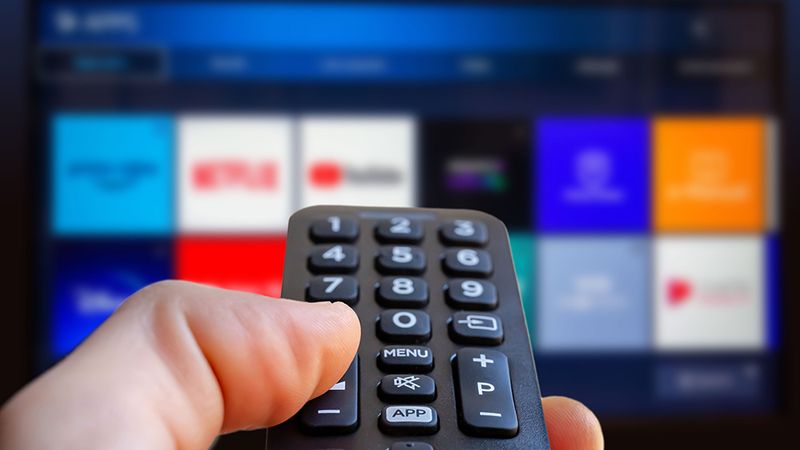
Remember when binge-watching every new show was a badge of honor? Now, you’ll find more empty subscription slots than half-watched seasons. The endless monthly charges started to look a lot like a slow financial leak.
Gen Z didn’t just pause autoplay. They questioned why paying for five platforms made sense when only one or two felt essential. It wasn’t about deprivation—it was about control.
Sharing logins became a quiet act of resistance, and suddenly, having fewer options felt freeing, not limiting. Sometimes you realize you’re not missing out—you’re just getting your time (and money) back.
2. Fast Fashion Hauls

Once, big shopping bags bursting with cheap clothes were the Saturday routine. But there comes a moment you realize: who are you dressing for? And why isn’t your closet making you happy?
Fast fashion’s hype faded as Gen Z started asking tougher questions about waste, ethics, and what a “deal” really costs. Shopping became more about meaning and less about quantity.
Now, thrift stores feel like treasure hunts. Each piece comes with a story, not just a price tag. It’s less about chasing trends, and more about wearing what actually feels like you.
3. Trendy Coffee Runs

$6 lattes every morning? That’s over. Gen Z didn’t just cut back—they learned to make coffee at home with a little ritual and a lot more intention.
There’s something grounding to grind your own beans, pick your own mug, and sit down without the noise. Saving money turned into a daily act of self-respect, not just a budget hack.
Now, coffee runs are occasional treats instead of necessary fuel. Turns out, slowing down for five minutes in your kitchen beats standing in line with strangers half-awake.
4. Impulse Online Shopping

The rush of hitting “buy now”—I get it. But after too many packages and too little satisfaction, Gen Z hit pause. They started asking: does this actually make my life better, or just distract me?
To unsubscribe from flash sale emails and delete shopping apps wasn’t about self-denial. It was about noticing what actually feels good versus what just fills a momentary void.
Shopping became rare, intentional, and sometimes—shockingly—boring. But there’s relief in boredom. You remember what you already have and it’s more than enough.
5. Cable TV Packages
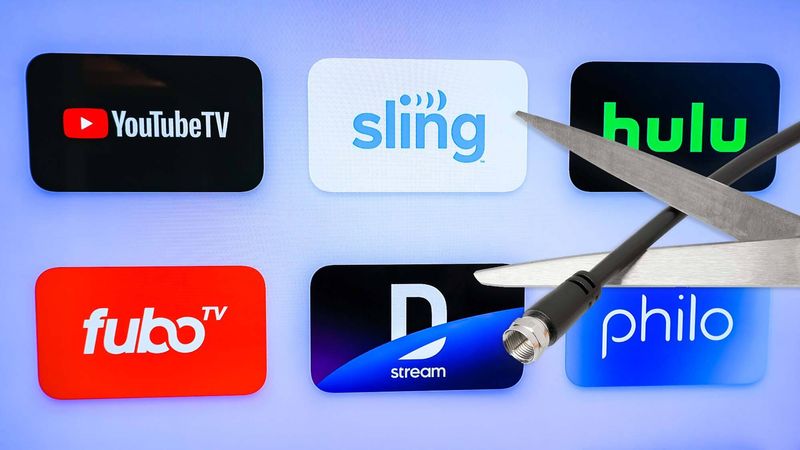
Cable TV used to mean “grown-up” status. Now, it just means too many channels you never watch. Gen Z looked at that monthly bill and decided: why pay for noise you never listen to?
Cutting the cord wasn’t dramatic. It was a shrug and a new HDMI input. The world didn’t end—life just got quieter.
Now, cable boxes gather dust, and nobody’s mourning the loss. If you need news or a show, there’s always another way—one that doesn’t tie you down or empty your wallet.
6. Gym Memberships (Without Purpose)
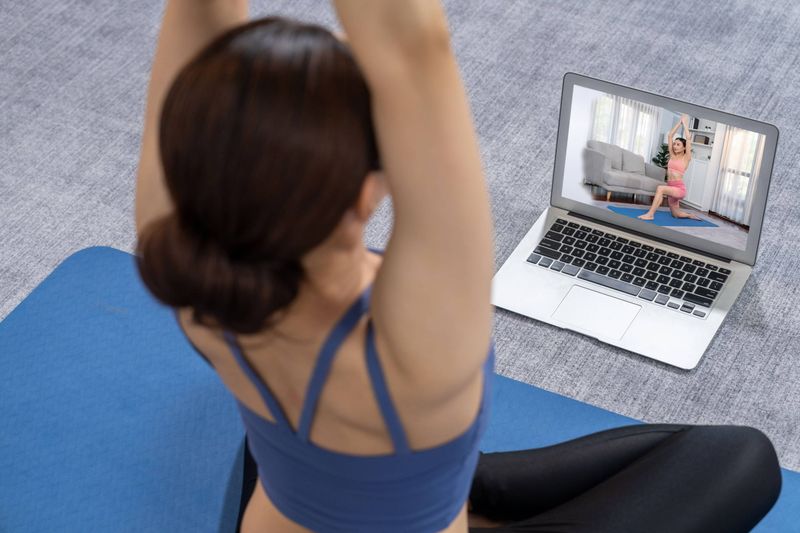
Here’s the truth—most gyms profit from people not showing up. Gen Z saw that trap: monthly fees, guilt trips, zero motivation. They decided if working out felt like punishment, it wasn’t worth paying for.
Home workouts, park runs, and free YouTube classes replaced treadmills and contract headaches. Exercise became a way to reconnect with your body, not just burn calories.
Now, the fitness routine is flexible, forgiving. Showing up for yourself happens on your terms, not a gym’s schedule.
7. Brand-Name Everything

Walking around as a walking advertisement lost its charm. Gen Z started wondering if the logo said more about them than their choices did. Suddenly, paying extra for a name didn’t feel like self-expression—it felt like giving in.
Mixing thrifted finds, DIY patches, and upcycled pieces became a new kind of statement. Personal style trumped status symbols.
Now, it’s cooler to wear something with a story than a price tag. Turns out, confidence wears better than any logo ever could.
8. Bar Hopping Every Weekend

Every Friday night out used to cost as much as your groceries. Gen Z got tired of splitting $100 tabs for mediocre drinks and crowded bars.
They swapped late-night Ubers for home gatherings—the kind where you actually hear each other talk. Homemade drinks, playlists, and laughter replaced overpriced cocktails.
Now, the best nights happen at home. You wake up with more money and fewer regrets. It’s not that you skip fun, you just choose where it matters most.
9. Beauty Product Overload
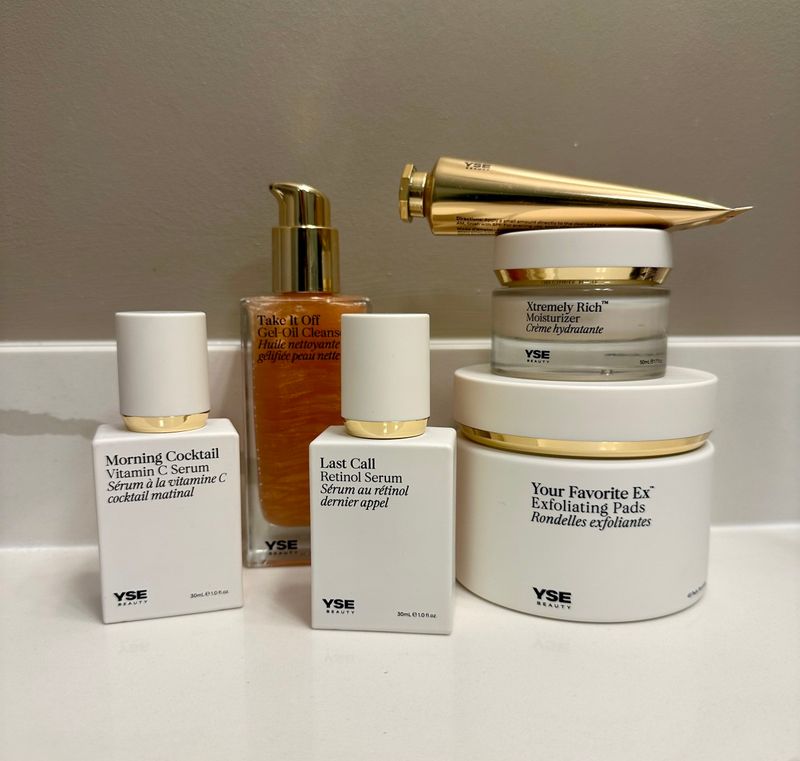
The ten-step skincare routine? Exhausting. Gen Z realized piling on products rarely made skin happier. What if fewer ingredients did more?
They started listening to their skin instead of influencers. One or two trusted products replaced a whole shelf of half-used bottles.
At times, less really is more. And skin that breathes looks better than skin that suffocates under layers of trends.
10. Uber and Rideshares Everywhere

Requesting a ride for every little trip used to feel like magic. But watching the charges add up—oof. This generation started asking: is this ride really worth $15, or can I just walk?
Biking, walking, and public transit became the new go-tos, even if it meant a little more effort. It wasn’t about deprivation, but about choosing when convenience actually matters.
The bonus? Less money spent, and on occasion, a little peace in the walk you never knew you needed.
11. Plastic Water Bottles
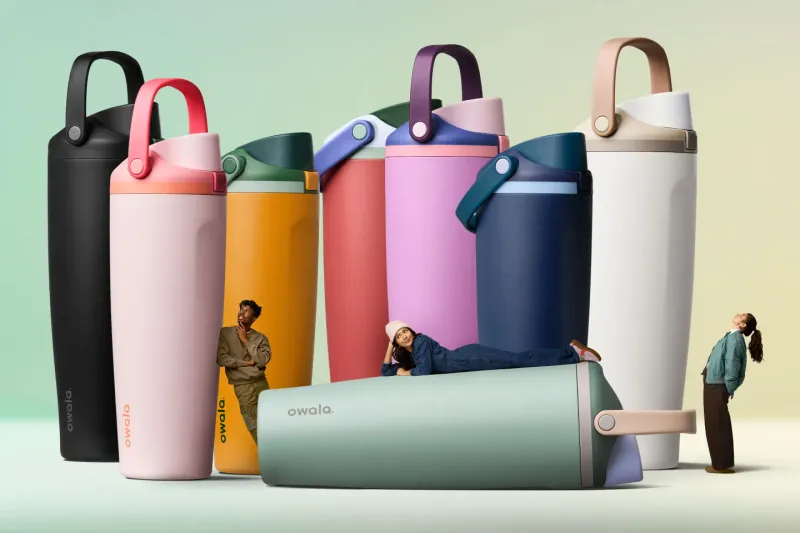
One plastic bottle after another—eventually, it just felt wasteful. Gen Z got tired of paying for water and trashing the planet at the same time.
Reusable bottles became the new pocket essential. They weren’t just a trend. They were a small act of care—both for your wallet and the world.
Now, the thought of buying bottled water feels almost weird. You fill up, you move on, and you wonder why it took so long to make the switch.
12. Paper Planners and Notebooks

Paper planners used to mean you had your life together. But with apps, reminders, and notes at your fingertips, carrying a notebook everywhere started to feel… unnecessary.
They swapped pages for screens and synced everything from class schedules to grocery lists. Less mess, more clarity.
There’s nostalgia in flipping through old journals. But there’s also relief in not digging for that one lost sticky note when your whole life fits in your pocket.
13. High-End Makeup

Buying the “it” palette every launch cycle? Exhausting. Gen Z started to see through the marketing and stick to what actually works for them.
Affordable, accessible makeup took center stage. They found what flatters, not what’s hyped.
Turns out, confidence isn’t for sale. The right drugstore blush feels just as good as the $60 one and your face still feels like yours.
14. Festival Tickets and Big Concerts
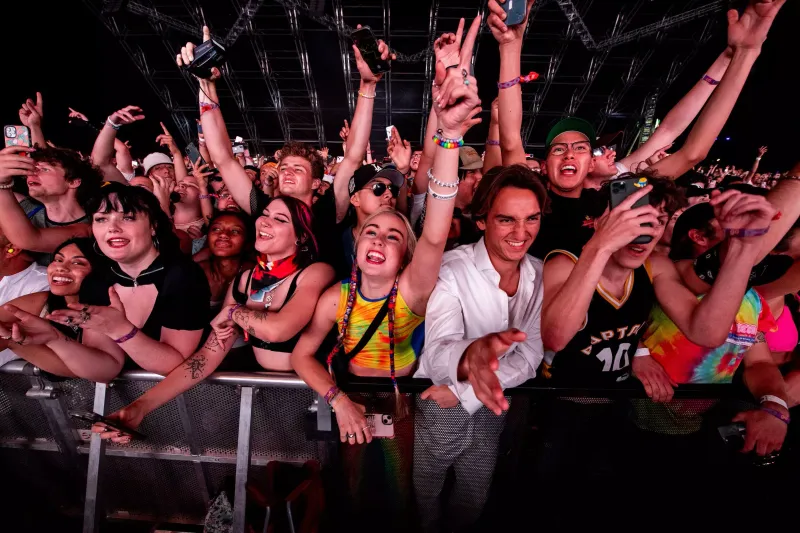
The hundred-dollar wristbands, the crowds, the FOMO—Gen Z just stopped buying it. Music feels better shared in small, real ways.
Backyard jams, local shows, and playlists on a picnic blanket replaced the expensive spectacle.
There’s nothing wrong with loving music. It just doesn’t have to cost a week’s paycheck. Now and then, the best memories are the ones you make on your own terms.
15. Subscription Boxes
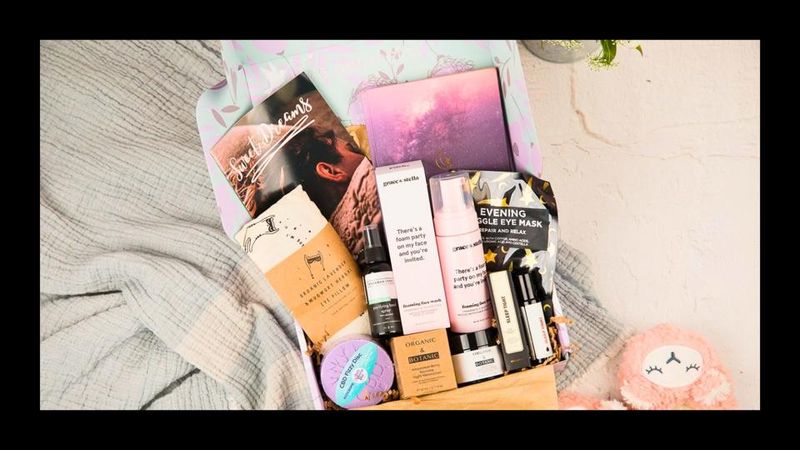
Remember when every month brought a new box of “surprises” you didn’t really need? They stopped opening those doors. Subscriptions started to feel more like clutter than convenience.
Canceling felt like a tiny, necessary rebellion. Suddenly, the mailbox was emptier—and so was the mind.
Now, surprise comes from life, not a delivery. Fewer boxes, fewer regrets, and a lot more room for what actually matters.
16. Trendy Diets and Supplements

Cutting carbs, miracle powders, ten-step meal plans—Gen Z called BS. They stopped to shell out for every new diet trend and started to listen to their bodies instead.
Food became about feeling good, not following rules. Supplements got replaced with actual meals.
Now, wellness means balance, not obsession. You realize your body’s wisdom is worth more than any influencer’s promo code.
17. Greeting Cards and Gift Wrap

Rows of glittery cards and fancy wrap? This generation saw through the ritual. Words matter more when you say them directly.
Texts, voice notes, and handmade gestures replaced paper and ribbons. The real gift turned out to be honesty and effort, not just a card with your name in glitter.
Now, celebrations feel closer. The packaging may be simple, but the connection is real.
18. Expensive Room Decor
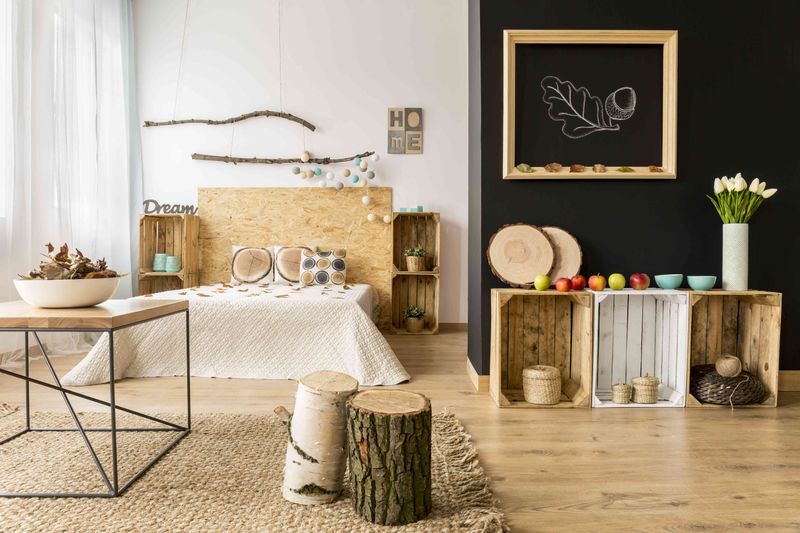
Pinterest-perfect rooms are fun to look at. But Gen Z realized you don’t need a $300 lamp for your space to feel like home.
DIY, thrifted, and upcycled finds became the new aesthetic. Creativity replaced catalog shopping.
So every corner tells a story. It’s about making your mark, not matching a trend. Home should feel like you, not a showroom.







